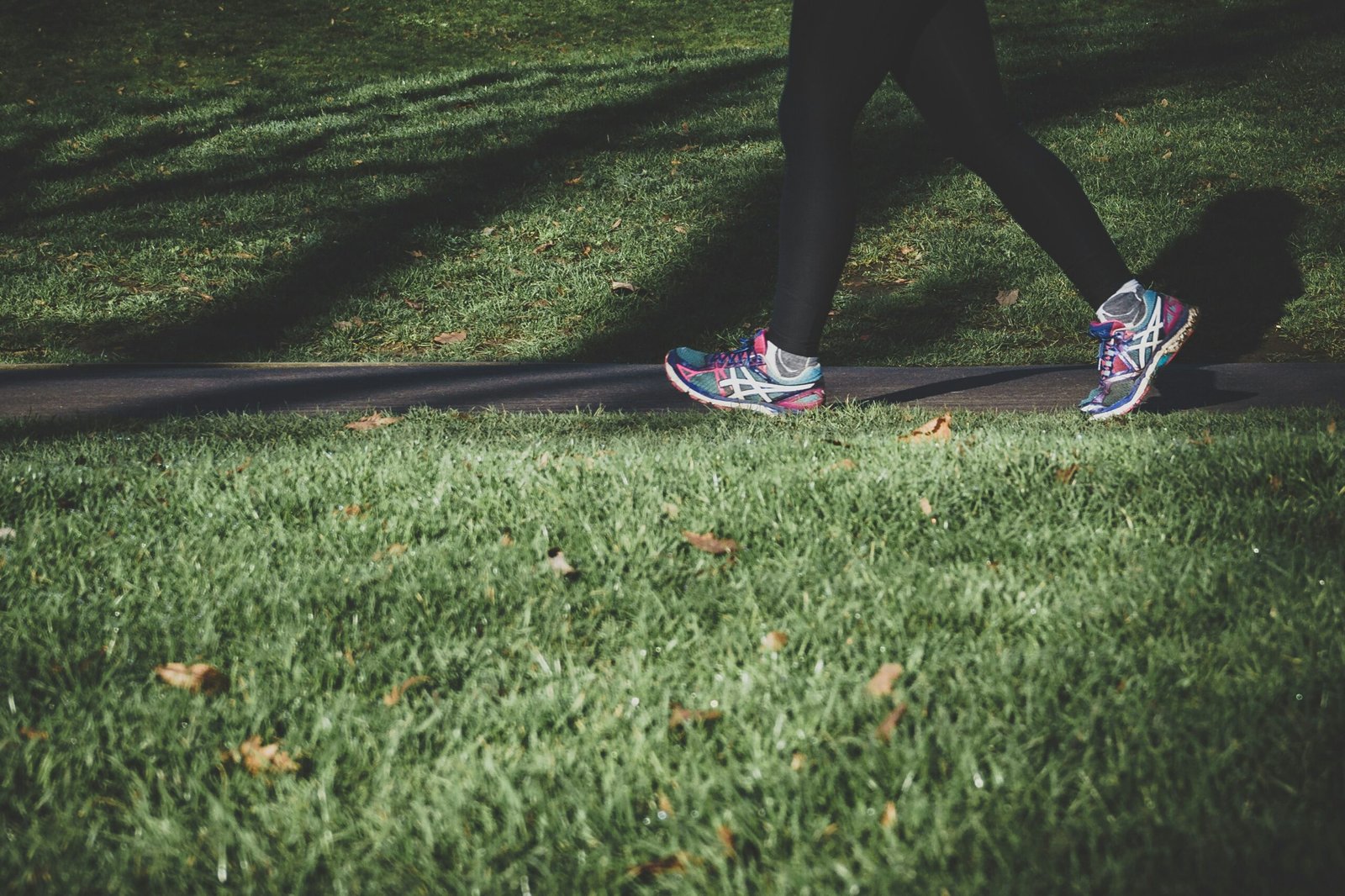Everywhere I walk, people are wearing weighted vests. You may have spotted one yourself and thought it was some kind of baby carrier or backpack for dog treats. Turns out, it’s just a stealth resistance training tool. So, I got one — and now I’m officially part of the vest-wearing club. It makes me feel mildly tactical. But mostly, it makes me feel like I’ve upped my walk from “casual neighborhood jaunt” to “mission-ready cardio.”
With the vest on, my heart rate climbs, my posture improves, and my core works overtime. Let’s break down the benefits of weighted vest walking so you can decide if you want to add this gear to your daily strolls.
Ready to grab one for yourself? Here’s the weighted vest I have and recommend. (It’s an affiliate link with no extra cost to you.)
What Is a Weighted Vest?
A weighted vest is essentially a snug, adjustable garment that fits around your torso. You put it on like a backpack and snap it shut with the adjustable closures. You can tighten or expand the straps for a secure fit.
Unlike ankle or wrist weights, a vest distributes the extra weight evenly across your shoulders, back, and chest. This balanced distribution makes it the ideal tool for walking — even if your walks include a four-legged friend like mine do.
Experts recommend starting at roughly 10% of your body weight (around 10 pounds if you’re 150 pounds), according to Harvard Health. You can gradually add weight as you get stronger. Fit also matters — a snug vest with waist and shoulder straps helps prevent shifting and chafing.
Do Weighted Vests Really Make a Difference?
Yes, but here’s how it actually felt for me — and according to experts.
Posture & Core Engagement
Walking with added weight forces your body to stack well — shoulders back, spine tall, core firing. I noticed myself standing and walking more upright naturally. Harvard notes that the vest encourages bone and core strength via increased load-bearing activity — which helps your spine stay aligned and your abs engaged.
Increased Heart Rate & Calorie Burn
Even if I keep the same pace, my heart rate is higher with the vest on. I sweat a bit more and breathe a bit deeper. Studies show wearing a weighted vest can raise calorie burn by 12% versus walking without extra weight.
Bone & Muscle Health
Wearing a vest adds pressure on your bones — think of it as resistance training for your skeleton. That stimulates new bone cell growth, helping preserve bone density as you age. In other words, bones adapt and grow stronger in response to load.
Functional Strength & Balance
Because the weight is close to your core, your hip, leg, and back muscles recruit more to stabilize you. You’ll improve balance and build lean muscle in a low-impact way.
What I’ve Noticed From Walking With a Weighted Vest
- Stronger posture without trying: I’m slouching less when I sit down to write. The vest seems to retrain my alignment.
- Core working in the background: My abs realize they have a job to do when I slip on the weighted vest.
- Heart-healthy burn: Even casual walks turn slightly sweatier. My tracker confirms what I feel, with my heart rate averaging 110, give or take (versus closer to 100 with an average walk).
- Walks feel more intentional: It’s no longer “just a walk”; it’s training. Mission: Keeping up with the pup, upping my strength, and enjoying mindful mornings — one step at a time.
FAQ
Q: How heavy should my vest be?
Start with around 5% of your body weight, and gradually increase toward 10% to 15% if comfortable. Harvard and other sources recommend this approach to avoid injury.
Q: What if I have back, neck, or joint issues?
It’s smart to check with a healthcare provider — vests add spinal and joint load, which might not be appropriate if you have certain conditions.
Q: Can I use ankle weights or wrist weights instead?
Vests distribute weight more evenly, reducing the risk of altering your gait or stressing your joins. But you do you!
Q: Will walking with a weighted vest bulk me up?
Not in the bodybuilding sense. It’s more about strength, endurance, and posture. That added resistance helps preserve muscle during weight loss and supports metabolism.
Q: Can I walk with the vest every day?
Start slow — maybe 10 to 15 minutes at first, then gradually increase time and frequency as you feel comfortable. Mix in your regular walks for variety.
Q: What about comfort and fit?
Choose a vest sized right for your torso with adjustable straps. Look for breathable, padded materials to avoid chafing.
Final Thoughts on Weighted Vests
Walking with a weighted vest didn’t sneak up on me — it was more like “Hey, I’m seeing these everywhere — might as well see what the hype’s about.” And I’m glad I did. From improved posture and core stability to heart rate boosts during pup-chasing escapades, walking with a weighted vest has become part of my wellness toolkit.
If you want to pick one up, here’s the exact one I use and enjoy: 👉 Weighted Vest on Amazon
It’s adjustable, breathable, comfy — and just what I needed to make my walks that much better.
Let me know if you try it and how it goes. Happy weighted walking!

Leave a Reply